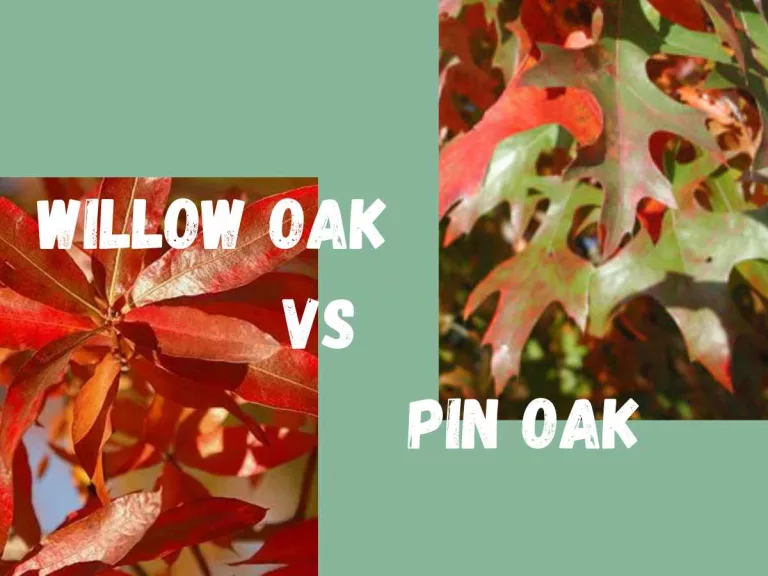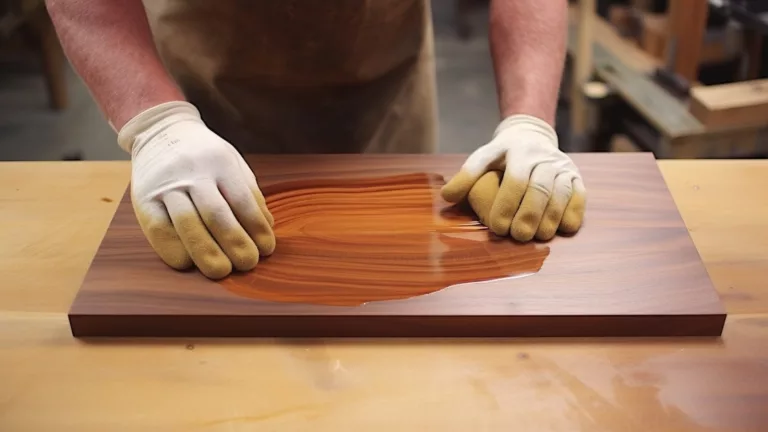Pin Oak vs Water Oak: Distinctive Traits of Two Majestic Trees
“Exploring the Differences: Pin Oak vs Water Oak – Two Stalwarts of the Forest” unveils the unique characteristics and ecological importance of Quercus palustris and Quercus nigra respectively. Water oak is also called possum oak. Let’s dive into this comparative study to understand how these two prominent oak species, each with distinct beauty and adaptability, contribute to their native ecosystems. Discover their subtle yet significant differences in our detailed overview.
Differences
Physical Characteristics
| Feature | Pin Oak (Quercus palustris) | Water Oak (Quercus nigra) |
|---|---|---|
| Leaf Shape | Leaves are deeply lobed with 5-7 lobes, U-shaped sinuses.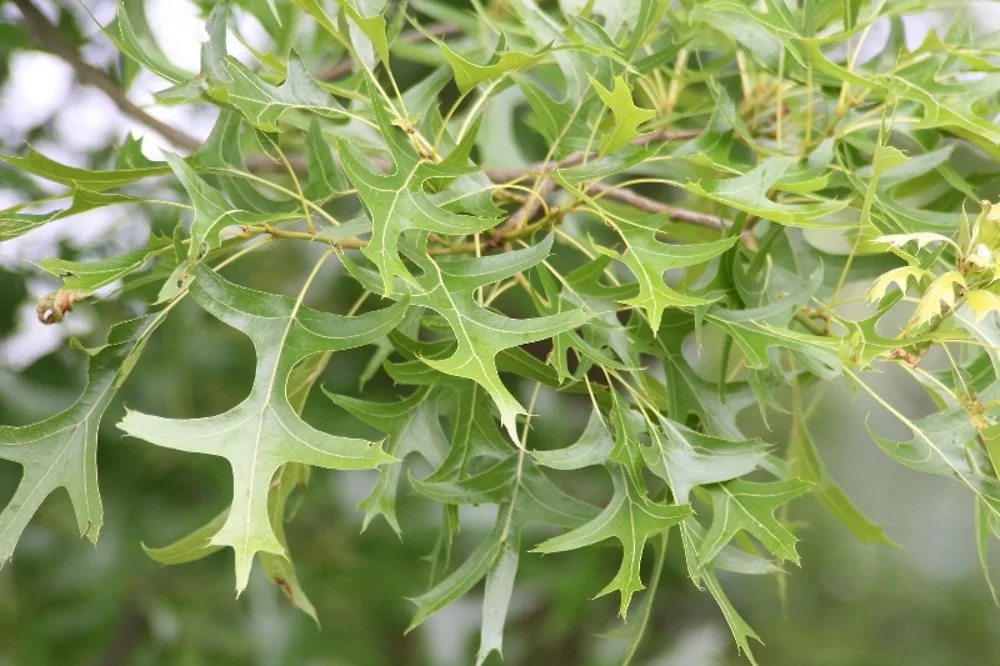 (image by Arieh Tal) | Variable shape – spatulate, obovate, or oblong; sometimes lobed, with a bristle tip.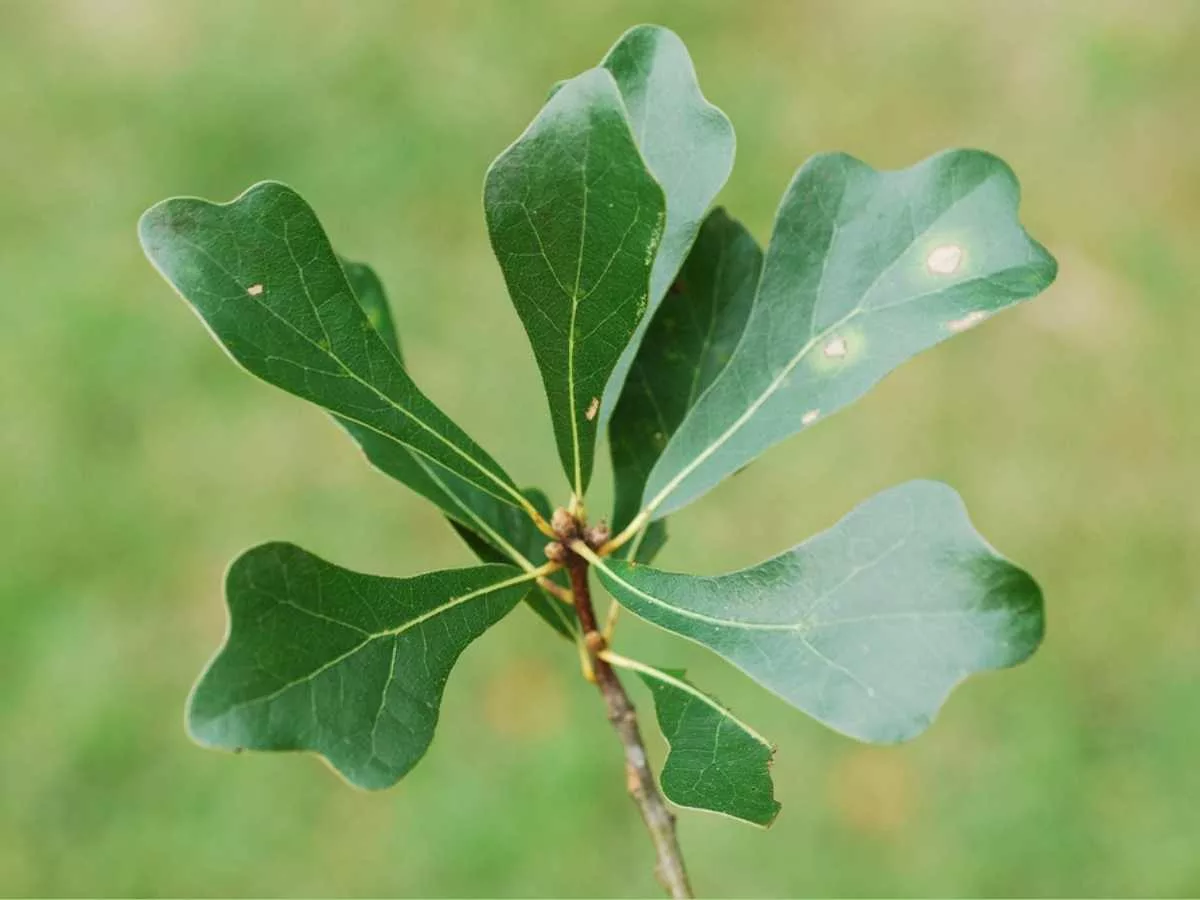 (North Carolina State University, CC BY 4.0) |
| Leaf Color | Dark green on the upper side, paler below. | Bright green on the upper side, paler green below. |
| Fall Leaf Color | Leaves turn bronze or red in the fall. | Leaves turn yellowish-brown, may persist through winter in some climates. |
| Bark Texture | Smooth when young, becoming ridged and furrowed with age. (image by Arieh Tal) | Smooth and gray on young trees, becoming ridged and dark on older trees.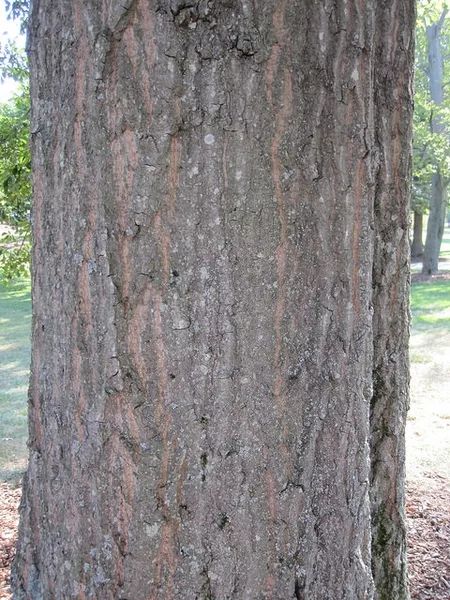 (image source: North Carolina State University) |
| Acorn Size and Cap | Acorns are small, 0.5 inches long, with a thin, saucer-shaped cap.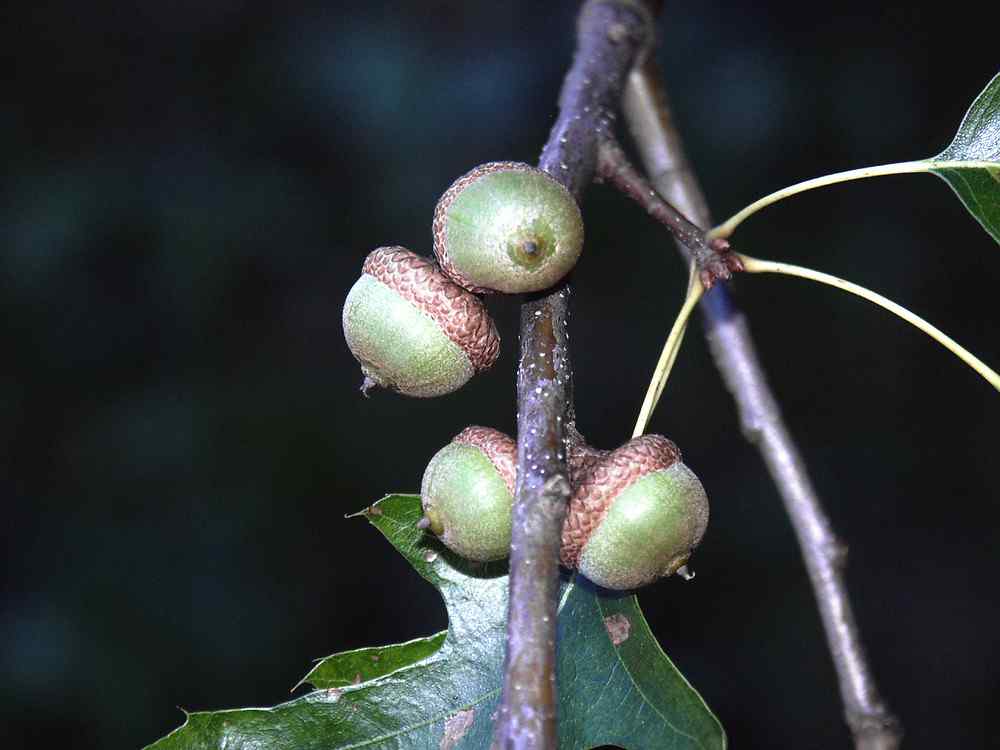 (image by Glenn Dreyer) | Acorns are about 0.5 to 1 inch long, with a saucer-shaped, warty cap covering one-fourth of the nut.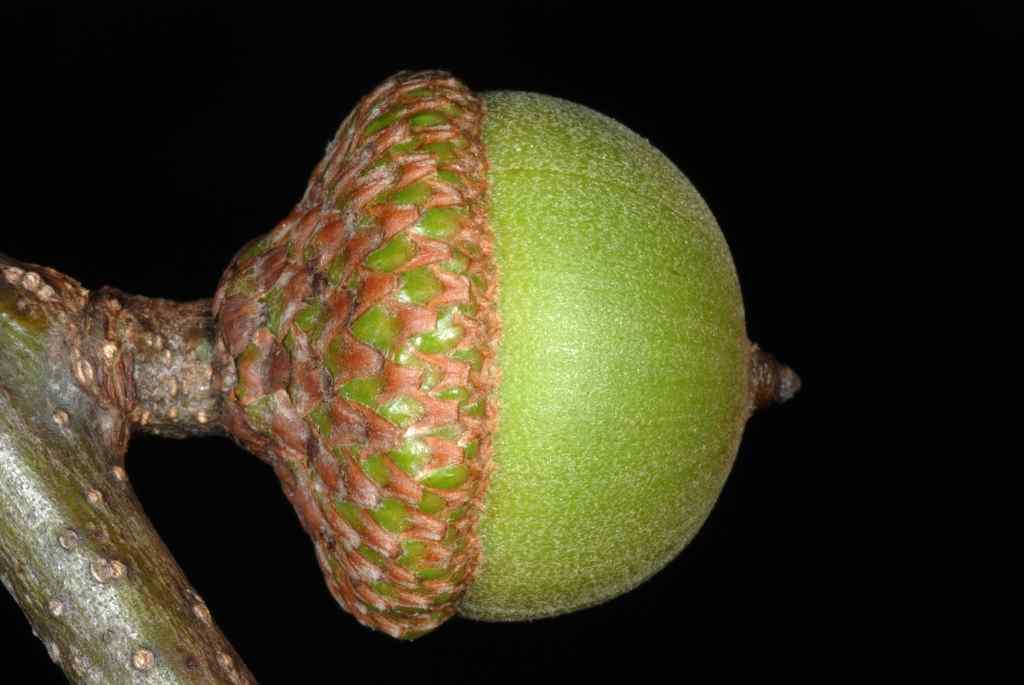 (image source: North Carolina State University) |
| Bristles/Awns | Leaves have bristle-tipped lobes. | Leaves often have a bristle tip. |
| Twigs | Twigs are slender, reddish-brown, with pointed, hairless buds. | Slender, gray or reddish-brown, sometimes slightly hairy; buds are small, reddish-brown, and angular. |
| Growth Habit | Pyramidal when young, becoming oval to rounded with age. | Straight trunk with a broad, rounded crown. |
| Preferred Habitat | Prefers wet, poorly drained soils, often found near water. | Adaptable to various environments, common in lowlands and wet areas. |
| Geographical Range | Native to the eastern and central United States. | Native to the eastern and south-central United States. |
I was working with Pin Oak at the time and went outside to pick a few leaves to trace their shapes onto the table. I spent a good amount of time meticulously carving these leaf shapes into the table’s border, proud of the idea. When I presented the final product to the client, they were thrilled with the craftsmanship but pointed out, much to my embarrassment, that the leaves I had carved were not Pin Oak leaves at all!
Turns out, I had mistakenly picked up Water Oak leaves from a nearby tree. The client found this mix-up hilarious, especially since they were a bit of a tree enthusiast.
Growth
| Feature | Pin Oak (Quercus palustris) | Water Oak (Quercus nigra) |
| Growth Rate | Fast-growing. | Moderate to fast-growing. |
| Mature Height | Typically 60-70 feet, can reach up to 100 feet. | Usually 50-80 feet, occasionally taller. |
| Sunlight Requirement | Prefers full sun but can tolerate partial shade. | Prefers full sun, tolerates partial shade. |
| Soil Type | Prefers acidic, moist, poorly drained soils. Tolerates wet conditions. | Adaptable to a variety of soils, prefers moist, well-drained soils but tolerates wet conditions. |
Quercus palustris identification:
Quercus nigra identification:
Workability
| Aspect | Pin Oak (Quercus palustris) | Water Oak (Quercus nigra) |
|---|---|---|
| Texture and Color | Finer texture, more uniform grain. Lighter color, often with a reddish hue. | Coarser texture, more irregular grain. Darker color, sometimes with gray or greenish tones. |
| Workability | Easier to work with; responds well to hand and machine tools. Good for detailed work. | More challenging due to irregular grain; requires sharp tools and careful technique. |
| Durability | Fairly durable but not as resistant to decay, especially in moisture. Better suited for indoor use. | Slightly better resistance to decay, making it more suitable for outdoor projects. |
| Typical Uses | Often used for furniture, cabinetry, and interior trim. Preferred for finer, detailed woodworking projects. | Commonly used for construction, flooring, and outdoor furniture. Ideal for robust, outdoor projects. |
Additional Resources
- Scarlet oak vs pin oak
- Red oak vs black oak
- Native Plant Trust, Go Botany
- North Carolina State University
- Live oak versus water oak
- Difference between red and white oaks
- Differences between willow and pin oaks
- How European oak differs from white oak
- Do you think that oak’s a hardwood?
FAQ
Is pin oak and water oak the same?
No, Pin Oak and Water Oak are not the same. They are distinct species with different characteristics and preferred growing conditions. Pin Oak is Quercus palustris, while Water Oak is Quercus nigra, each exhibiting unique leaf shapes, bark textures, and habitat preferences.
What are the cons of pin oak trees?
Pin Oak trees can have several cons, including susceptibility to chlorosis (yellowing of leaves) in high pH soils, shallow root systems that can interfere with mowing or pavement, and a tendency to retain dead branches, which can be unsightly and pose a hazard.




